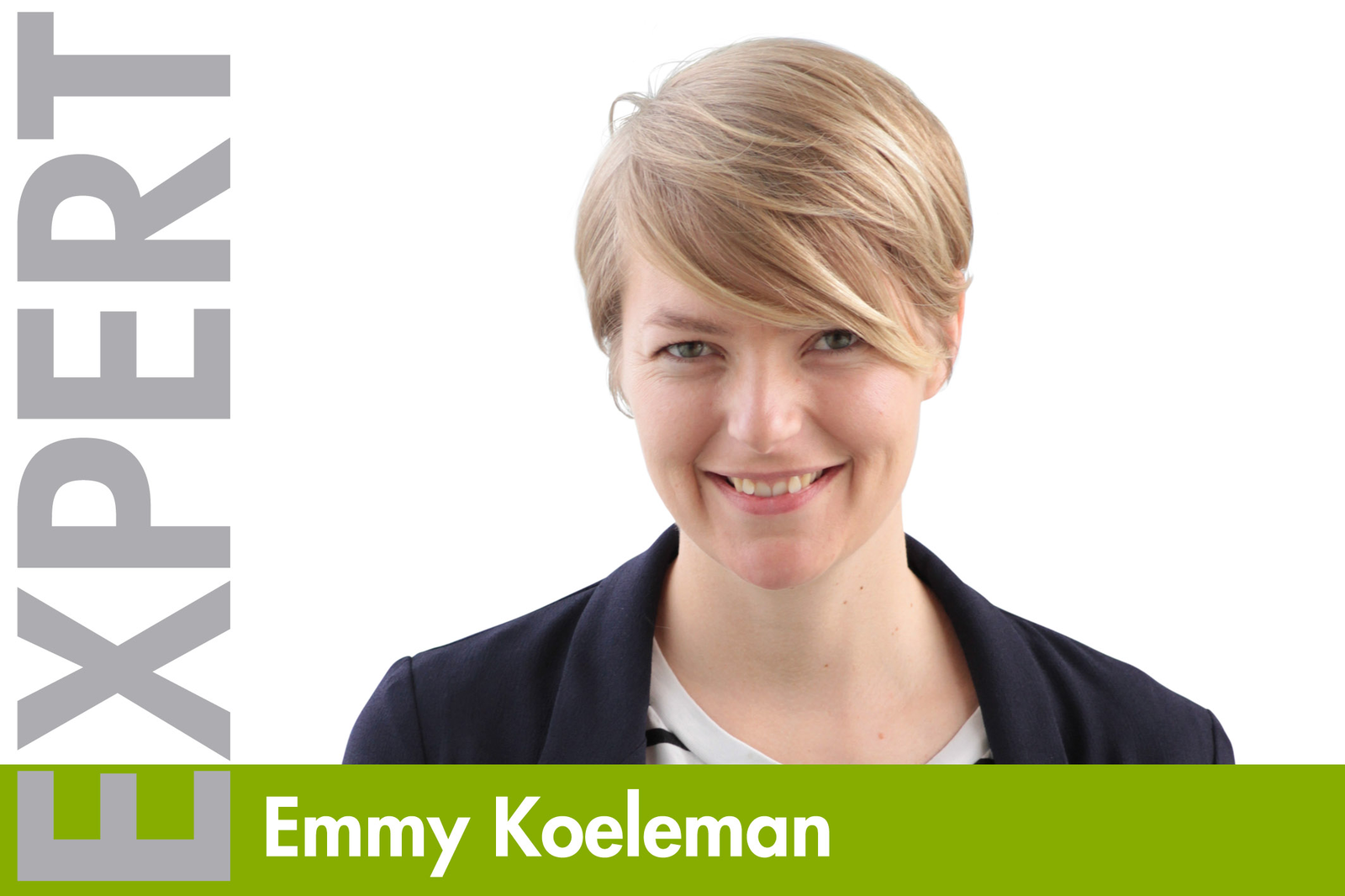Russia: Creating its own little feed and meat hub

It has been a few months now since Russia declared a year-long ban on a long list of agricultural imports from European countries, the US and Canada. At the same time, the country is increasing its own production of feed and meat to – what it seems – be less dependent on other countries, also when they decide to (ever) lift the import ban again. But having a self-sufficient system is still a long way off.
The ban, which came into effect on August 7th, 2014, includes fruit, vegetables, meat, fish, milk and dairy products from 28 EU member states, the US, Norway, Canada and Australia. You can question whether it will do Russia good, as the agricultural sector is a true international game, which is interconnected with partnerships and trade agreements. And does Russia have enough of its own resources to make sure there is still enough food available? Not to mention the type of food the Russian consumers like, which is now not available in the Russian supermarkets anymore (Dutch high quality cheese for example). I am not sure which type of cheese they have for breakfast now? Just to note; the Netherlands exported in 2013 €233 million in cheese to Russia. Quite a lot! So for how long, does Russia want to be the stubborn boy that doesn’t want to talk to or play with the other kids? The question remains unanswered. But what we do know is that Russia has a clear strategic vision to be less dependent on other countries when it comes to meat imports.
Investments in meat sector
Frankly, Russia is quite clear about what they want and already announced some measures in its goal to be less independent on food from the rest of the world. For example, billions are about to be invested to boost its domestic meat sector. Their aim is to reduce its meat imports in 2020 by two-thirds, compared to the volume they imported last year. That will mean they will import around 1 million tonnes of meat in 2020, Russian agricultural minister Nikolai Fyodorov recently announced. For the development of livestock production, Russia releases €3.8 billion (2015-2020). This is in addition to the already announced subsidy of €7.4 billion. Regarding the pig sector, Fyodorov wants to increase the subsidies for the development of private pig farms. Also more sow farms will be built. This will eventually result in more meat production. However, still meat has to be imported (from the countries that are not banned – particularly Brazil).
Boost in feed and premixes
An increase in Russian livestock production automatically means more demand for animal feed. Although the Russian ban doesn’t involve feed ingredients (except animal meal) or complete feed, the country also wants to have this part of the meat chain under its own control. Feed production in Russia during the first eight months of 2014 increased with 6.5%, compared to the same period of 2013. Also, premix production saw an increase in this year. Russian correspondent for AllAboutFeed, Vladislav Vorotnikov, delved deeper into this issue for one of the upcoming features in AllAboutFeed magazine, with a particular focus on the feed ingredient lysine. Lysine is now mainly imported but again, Russia would rather produce this amino acid themselves, with lower costs as a result and more control. A series of lysine production facilities are being built in Russia. One of the new plants is a factory from the Russian company Prioskolie, one of the largest poultry producers in the country. The company started building the new plant in July of this year and aims at a production capacity of 68,500 tonnes at the beginning of 2015. Some other projects are planned in the far eastern part of Russia, in particularly in Amur Oblast – the country’s main soybean growing area. The factory that is planned here will produce feed lysine from soy, although this project has not been confirmed yet. Plants are also being built by the Russian companies Titan-Agro, Rusbioteh, Biopark, Rusprodimport and an unnamed Chinese company. The total amount of investments within all these projects is around US$2.5 billion.
A ban is not a solution
So a lot of projects and investments are seen in Russia and many more are in the pipeline. Whether these are spurred by and the answer to the current agricultural ban is difficult to say. The country probably wanted to increase its independency through increased domestic production of meat anyhow. At the same time, a few months after the ban, Russia already gives in. Seed potatoes were already allowed to get back into Russia at the end of August, just a few weeks after the ban announcement. Recently, it was stated that imports of certain beef by-products and certain fatty meat products from French, Danish or Italian cows were also allowed to be imported in Russia again. Not sure yet what happens to pork. I am curious to see how the growth ambitions and the current ban work out for the country in the next year. The demand is and will be bigger than domestic production can handle. Russian consumers like their meat, milk and cheese and in the coming years, it is projected that they will consume even more of them. So, maybe it is better to cooperate and be part of an international agricultural trade community instead of remaining stubborn and arrogant. Because an import ban is never a solution.











